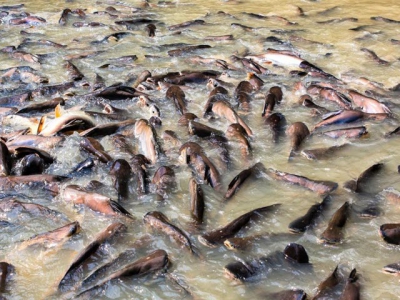Promising forecast for Vietnamese pangasius

The implementation of more stringent farming protocols by pangasius producers in Vietnam leaves them well placed to improve the value of their exports, according to one to the country's biggest exporters of the species.
Vinh Hoan Corporation (VHC) reports that its export revenue soared by 35 percent year-on-year (YoY) to reach $31.5 million in January. It's a pattern they hope will continue throughout the year, and follows a strong performance in 2018, when they made a consolidated net profit of 1.45 trillion dong, up 14 percent YoY.
Overall, Vietnamese pangasius production, which covers 5,400 acres of waterways, rose by 15 percent to hit 1.42 million tonnes. Export values reached US$2.26 billion, an increase of 26.5 percent YoY. The biggest markets were the US, China, the EU and ASEAN countries – with the value of exports to the US rising by an impressive 60 percent.
VHC attributes this to increasingly stringent production protocols, combined with US Food Safety and Inspection Service (FSIS) recognition, which means that Vietnam is one of only three countries considered to have the same food safety protocols as the US.
This, states VHC, “turned out to be a differentiating factor for Vietnamese exporters compared to other countries and build a more solid ground for the industry’s long-term growth”.
Outlook
The Vietnamese government forecasts the country’s pangasius exports will rise by 6.6 percent in volumes to reach 1.51 million tonnes, worth US$2.3 billion, in 2019.
And VHC states that it intends to implement a programme of improvements in its hatcheries and grow-out farms that includes the increased use of genetic selection, bioflocs and the use of moina as feed for pangasius fry.
Related news
 Vietnam seafood giant remains stubbornly in the red
Vietnam seafood giant remains stubbornly in the red Agifish, a major seafood company, reported a second straight year of losses in 2018 as both exports and domestic sales fell.
 Farmers see high profit from crunchy carp farming
Farmers see high profit from crunchy carp farming Fluctuating price and unstable consuming in rice cultivation has made farmers change their direction to qualified seafood.
 Brazil's tilapia boom
Brazil's tilapia boom Brazilian tilapia production grew by 11.9 percent to reach 400,000 tonnes in 2018, according to new statistics.